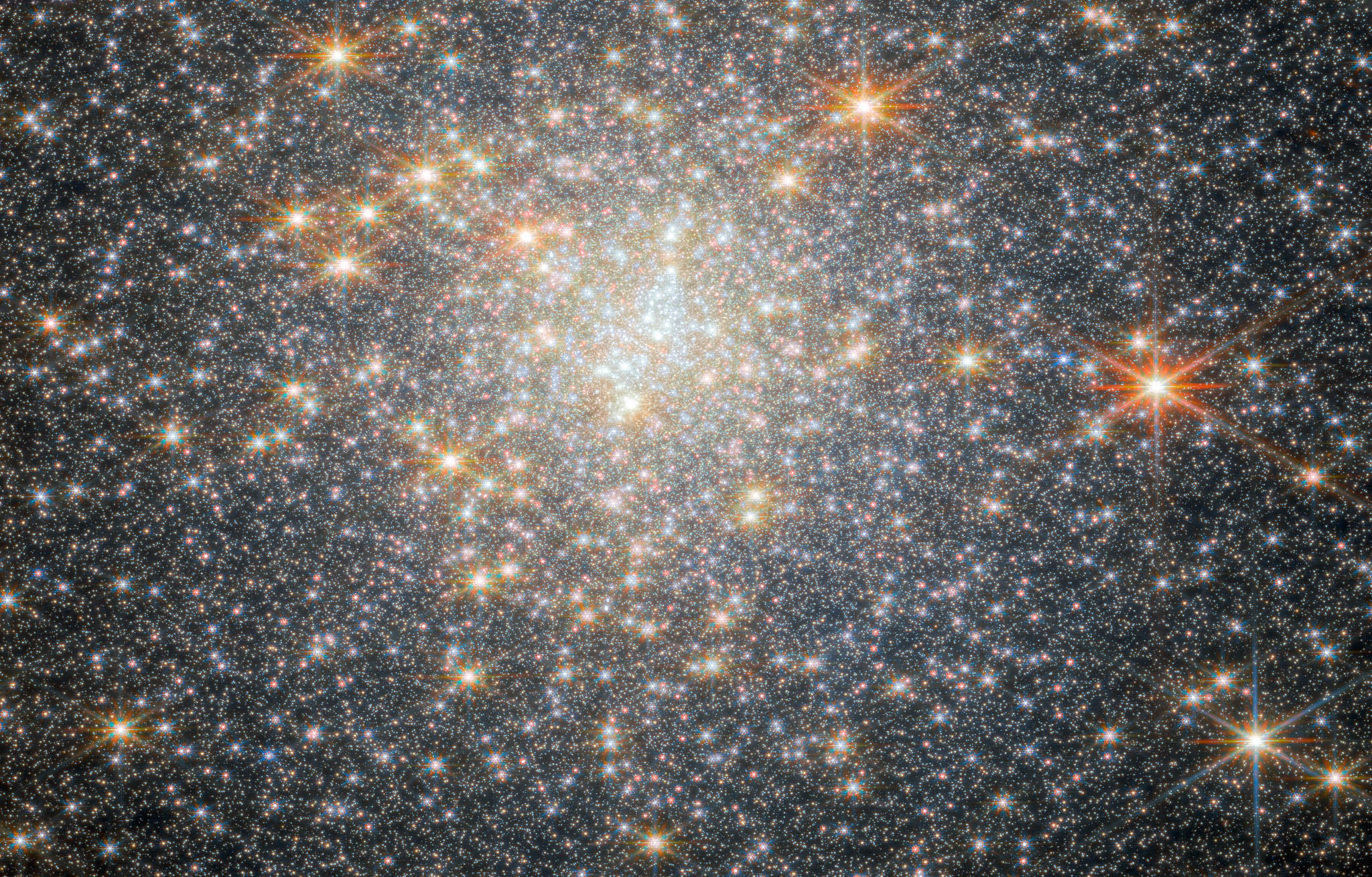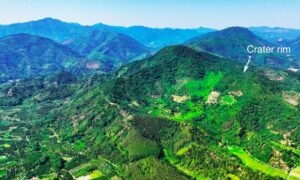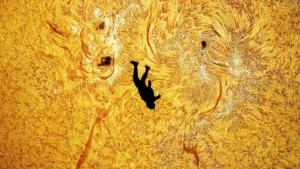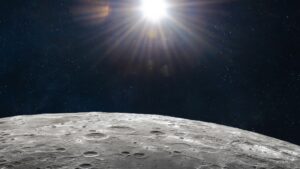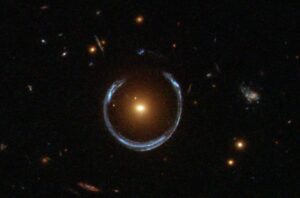The James Webb Telescope — the super-sensitive, tennis-court-sized, space-based imager jointly managed by several international space agencies — continued to deliver gorgeous shots of the cosmos in 2024. From spiraling galaxies to never-before-seen phenomena to clearer glances at old Hubble favorites, the James Webb imagery is a treasure trove for anyone looking to inject a little awe into their lives.
Let’s take a look at some James Webb highlights from this year.
Whirlpools and life among the stars
In late January, the James Webb collected this swirling image of spiral galaxy NGC 628. This galaxy in the constellation Pisces is 32 million light-years away. The blue, hazy regions represent densely packed older stars floating among gas and dust, while the galaxy’s whirling outer filaments remind many observers of the nautilus-shell shape common here on Earth.
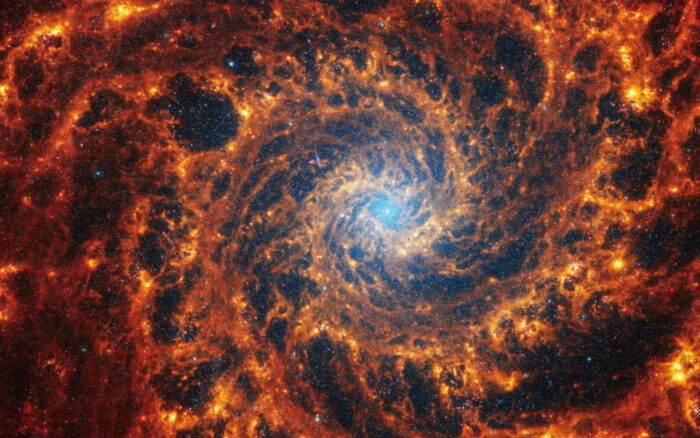
Photo: NASA, ESA, CSA, STScI, Janice Lee (STScI), Thomas Williams (Oxford), and the PHANGS team
But the James Webb isn’t just about making pretty pictures. The telescope’s uniquely sensitive equipment is allowing scientists to get closer to finding life on other planets, as this ExplorersWeb story from January explains.
A closer look
The James Webb’s biggest “wow” factor is how much more sensitive and clear its telescopic tools are than the Hubble. Take a look at the Webb image below from April, which allowed scientists to get a much closer look at starburst galaxy M82 than previously possible.
The Hubble first observed M82 in 2006, left image. When the James Webb turned its sharp eye at that area, right, scientists gained a much better understanding of the forces at work in the center of the galaxy.
Of particular note are the polycyclic aromatic hydrocarbons, visible as the red filaments in the Webb image. These particles are destroyed at higher temperatures, so when they are visible, they give researchers a window into the complex temperature differentials going on inside M82. It’s a lovely image but also a very good example of just how much more fidelity Webb brings to the space imaging game.
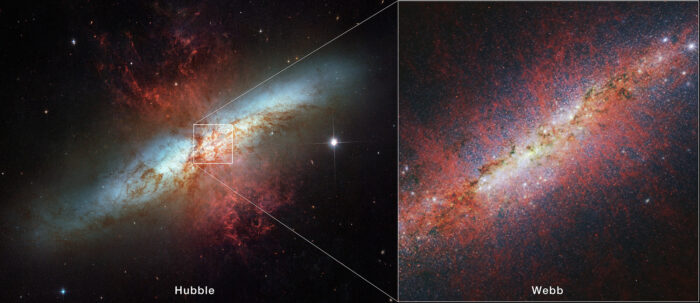
Photo: Credit: NASA, ESA, CSA, STScI, Alberto Bolatto (UMD)
Forecast: unusually high winds
Even a tool as sophisticated as the James Webb can’t do it all on its own. For this illuminating image of the Crab Nebula, experts combined X-ray data from the Chandra X-ray Observatory with infrared data from the Webb. Here’s the result:
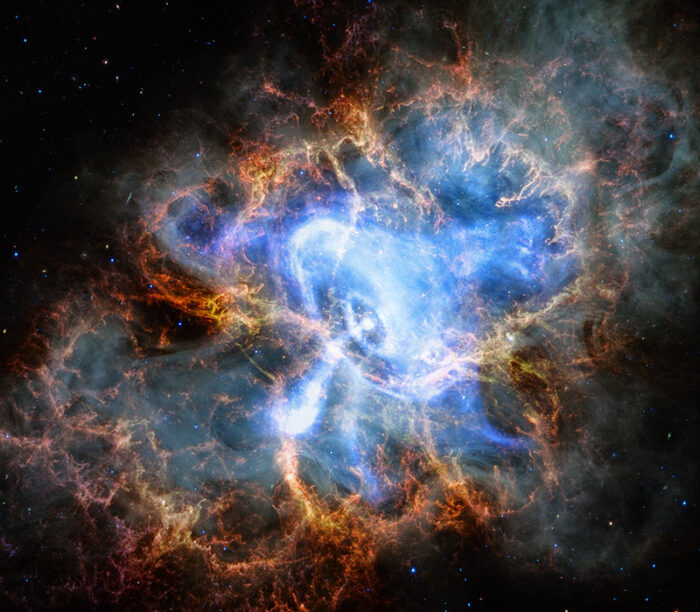
Photo: X-ray, Chandra: NASA/CXC/SAO; Infrared, Webb: NASA/STScI; Image Processing: NASA/CXC/SAO/J. Major
The lovely and turbulent Crab Nebula is the result of a supernova witnessed by Chinese astronomers in 1054 AD. Some 6,500 light-years from Earth, the nebula is anchored by a super-dense neutron star that rotates 30 times per second. The result of all that energy is high-speed winds comprising matter and anti-matter particles that smash into the nebula’s gasses, creating the “shock wave” effect visible in the image.
Cradle of stars
Nebulas are uniquely beautiful, but to the scientists who study them, they are about witnessing the birth of stars. This June photo of the Serpens Nebula gave scientists a glimpse at a long-speculated but never-observed phenomenon.
Take a look at those red clumpy smears in the top left corner. See how they are all slanted the same way? The streaks are jets of gas escaping from newborn stars, and they indicate that all those new stars are spinning in the same direction. Scientists have long thought that this is what happened when nearby stars were all born at the same time, but seeing it in action is an exciting first.
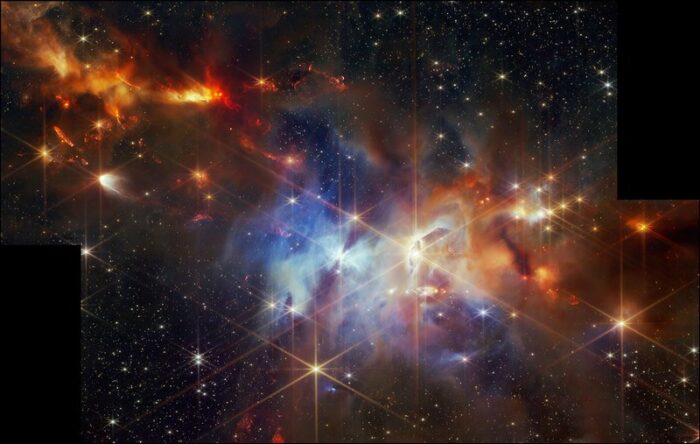
Photo: NASA, ESA, CSA, STScI, Klaus Pontoppidan (NASA-JPL), Joel Green (STScI)
“These aligned, elongated structures are a historical record of the fundamental way that stars are born,” Klaus Pontoppidan, principal investigator at the Jet Propulsion Laboratory (JPL), told NASA.
The Pillers of Creation revisited
One of the most famous space images of all time got an update over the summer when the James Webb Telescope and the Chandra X-ray Observatory joined forces once again for a second look at the Pillars of Creation. Hubble first made this iconic shot in 1995, but Webb’s contributions bring the clarity to a whole new level.
The Pillars are a region of the Eagle Nebula, a famously beautiful star-forming region 6,500 light-years from Earth. Not much more to say about this one — just sit back and enjoy.
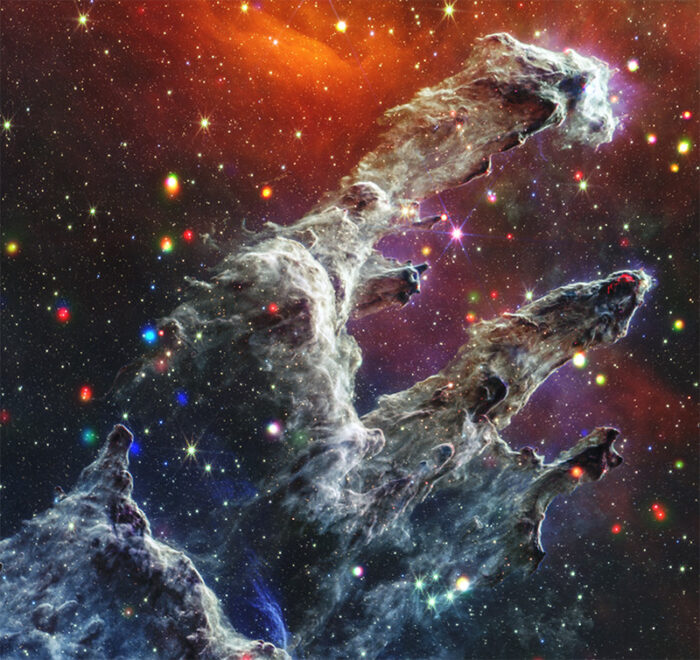
Photo: Image credit: Credit: X-ray: NASA/CXO/SAO; Infrared: NASA/ESA/CSA/STScI; Image processing: NASA/CXC/SAO/L. Frattare
Overlapping galaxies, overlapping telescopes
We saved our favorite for last — an epically wide shot of two galaxies that have been slowly moving past each other for millions upon millions of years. The two galaxies, IC 2163 (small galaxy on the left) and NGC 2207 (larger galaxy on the right), might miss each other. Or they might collide. Scientists aren’t sure which. In any case, NASA scientists released this image in October, pointing to the appearance of “spooky eyes” generated by the overlapping galaxies.
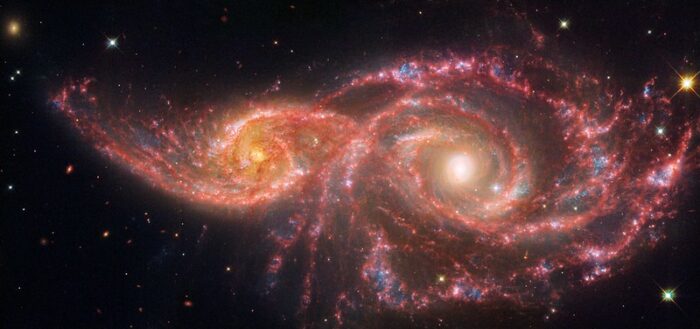
Photo: NASA, ESA, CSA, STScI
According to NASA, these galaxies are uniquely busy places. They can both generate two dozen Sun-sized stars per Earth year. By contrast, our own Milky Way galaxy only generates two or three in the same time frame.
This image was created by combining data from both Hubble and Webb, which proves that the older telescope still has its place in generating awe-inspiring, scientifically useful imagery.
You can find all of the James Webb Telescope images collected in 2024 on NASA’s website.
